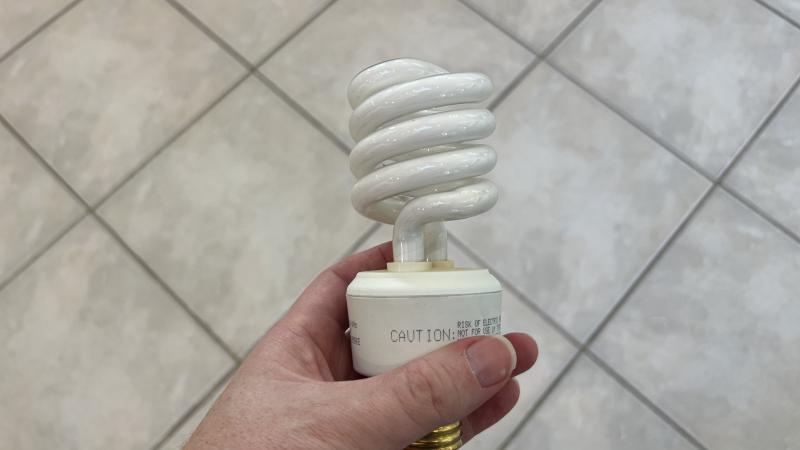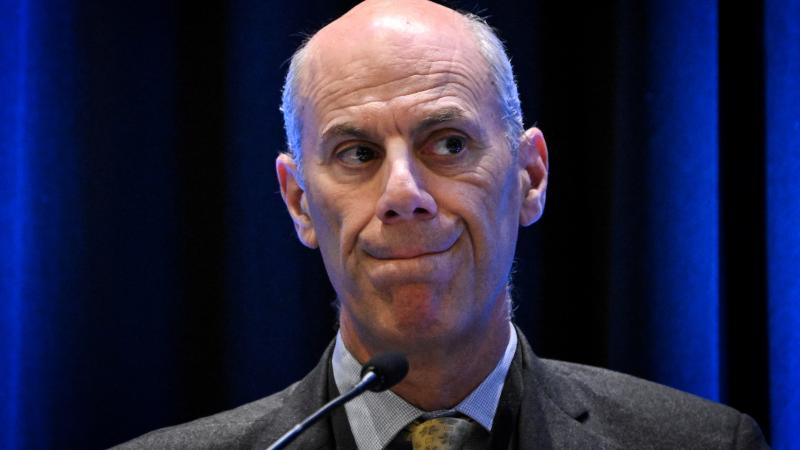Media makes fossil fuel the heat wave villain but scientists say asphalt, cityscapes bigger culprit
Research by Dr. Alec Feinberg, a climate scientist, industrial physics consultant, finds that nearly 13% of global warming is a result of the urban heat island effect.
Las Vegas broke its all time high-temperature record over the Fourth of July weekend when the thermometer climbed to 120 degrees Fahrenheit. That event was part of a heat wave that’s been blanketing the western U.S.
Heat waves anymore bring a barrage of dramatic media reports. This summer’s heat wave solicited a headline in the San Francisco Chronicle that claimed that 120 degrees is comparable to a pizza oven. Commercial pizza ovens are actually closer to 1,000 degrees, and home-baked pizzas are cooked at 500 degrees.
With the heat wave bearing down on the West Coast, the Los Angeles Times editorial board argued that life would be better if we just got rid of fossil fuels.
"We are living in a dangerous new era of more frequent, more destructive and deadlier disasters fueled by humanity’s continued spewing of greenhouse gas pollution," the Times board opined.
Average global temperatures are rising, and carbon dioxide emissions are a contributing factor to that rise. But the science on how much warming is caused by carbon dioxide and how much is natural is far from settled.
When it comes to mitigating warming, even if we eliminated all carbon dioxide emissions from fossil fuels today, it would be over a century before concentrations in the atmosphere would decline to pre-industrial levels. And since eliminating emissions would require eliminating most energy humans consume, any subsequent heat waves, even if they were less severe and shorter, would likely be endured without air conditioning.
Urban Heat Ovens
Dr. Alec Feinberg, a climate scientist, industrial physics consultant, and founder of DfrSoft, told Just the News that there are more effective ways to deal with rising temperatures by addressing what’s called “the urban heat island effect” (UHIE). Feinberg explained that the UHIE is the result of heat flux.
“Heat flux is just a fancy scientific word for heat,” he said. It includes the heat that comes off of pavement, as well as the heat from air conditioning. Air conditioners cool spaces by removing heat, which is then ejected out of a building, raising temperatures within cities.
The Intergovernmental Panel on Climate Change, a United Nations consortium of the world’s leading climate researchers, Fienberg said, recognizes that the UHIE can have a strong local effect but does not consider it to be a significant cause of global warming. Feinberg disagrees.
“It has a very large local effect,” he said.
Early cherry blossom blooms illustrate this. While the media last spring were blaming emissions for the early cherry blossom blooms in Washington, D.C., research meteorologist Ryan Maue, argued in a post on X that land-use changes and urbanization were likely driving the earlier blooms more than the impact of carbon dioxide.
Chris Martz, an atmospheric science senior at Millersville University, told Just the News in March that the Global Historical Climatology Network Daily has five stations surrounding the D.C. metro area. Martz compiled the data from those stations, which have spring average temperatures going back to 1893. The data, Martz found, shows no warming trend since at least 1921 in the rural and suburban areas around D.C.
Feinberg has published papers on the UHIE, and his research found that urbanization contributes 12.7% to the global average annual mean surface air temperature. About half of that, according to Feinberg, is caused by the energy people consume, such as running air conditioners. The other half is caused by impermeable surfaces, which is the building materials, asphalt and concrete that doesn’t soak up water.
His research found that about 6.5% of global warming comes from dark surfaces that soak up heat from the sun. By making these more reflective, he said, we could reduce warming.
“If those roads were concrete, we would have about 5.5% less global warming. So, in other words, we can make them more reflective, because concrete is about four to five times brighter,” Feinberg said.
Reducing global emissions, on the other hand, requires international cooperation, which is hard to achieve, especially when developing nations are trying to grow their economies. Likewise, reducing or eliminating fossil fuels is costly, and is causing serious economic impacts on European nations that have aggressively pursued net zero goals.
Making cities more reflective, on the other hand, can be done by local government ordinances and have a much more immediate impact.
“There’s a lot of mitigation capabilities in cities,” Fienberg said.
What happens in Vegas
Dr. Matt Wielicki, former assistant professor in the Department of Geological Sciences at the University of Alabama, says on his “Irrational Fear” Substack that Las Vegas provides a good example of how urban areas can drive temperature increases.
The 10 hottest days in Las Vegas history in the last 22 years ranged from 114 degrees in 2002 and 2006 to 120 degrees on July 6.
Between 1980 and 2020, the population of Las Vegas grew from 273,000 to 2.3 million. While the July 6 record was the highest in recorded history, the temperatures in Las Vegas in the last two decades aren’t unprecedented. The thermometers hit 116 degrees in 1942, for example.
Temperature monitoring stations are often placed on airports, and the Las Vegas airport expanded from 1 million passengers annually in the 1950s to 50 million in 2019.
“This expansion has included multiple runway extensions, terminal upgrades, and increased tarmac area, all contributing to the Urban Heat Island Effect by replacing the natural desert landscape with heat-absorbing infrastructure,” Wielicki wrote.
Martz, the Millersville meteorology student, noted in a post on X that the weather station at Harry Reid International Airport in Las Vegas, sits less than 200 feet off a six-lane avenue and 500 feet off the runway.
“The assertion that GHGs (greenhouse gas emissions), particularly CO2, are solely responsible for the record temperatures in Las Vegas is overly simplistic and ignores significant local factors,” Wielicki wrote.
The Facts Inside Our Reporter's Notebook
Links
- part of a heat wave
- barrage of dramatic media reports
- comparable to a pizza oven
- closer to 1000 degrees
- home-baked pizzas
- just got rid of fossil fuels
- global temperatures are rising
- far from settled
- over a century
- eliminating most energy humans consume
- DfrSoft
- cool spaces by removing heat
- explained in a post on X
- told Just the News in March
- shows no warming trend since at least 1921
- published papers
- developing nations are trying to grow their economies
- causing serious economic impacts on European nations
- Irrational Fear
- noted in a post on X
















